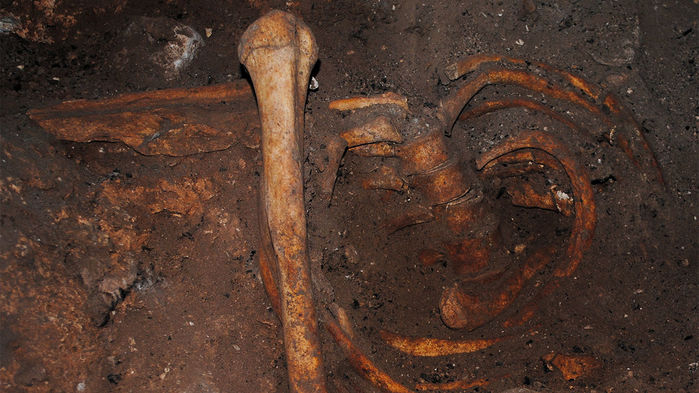Cemag.us
An international team of researchers — led by Johannes Krause and Choongwon Jeong from the Max Planck Institute for the Science of Human History (Jena, Germany), and Abdeljalil Bouzouggar from the Institut National des Sciences de l’Archéologie et du Patrimoine (Rabat, Morocco) and including scientists from the Mohammed V University in Rabat, the Natural History Museum in London, University of Oxford, Université Mohammed Premier in Oujda and the Max Planck Institute for Evolutionary Anthropology in Leipzig — has sequenced DNA from individuals from Morocco dating to approximately 15,000 years ago, as published in Science. This is the oldest nuclear DNA from Africa ever successfully analyzed. The individuals, dating to the Late Stone Age, had a genetic heritage that was in part similar to Near Eastern populations and in part related to sub-Saharan African populations.
North Africa is an important area in the history of the evolution of our species. The geography of North Africa also makes it an interesting area for studying how humans expanded out of Africa. It is part of the African continent, but the Sahara desert presents a substantial barrier to travel to and from southern regions. Similarly, it is part of the Mediterranean region, but in the past the sea could have presented a barrier to interaction with others as well.
“A better understanding of the history of North Africa is critical to understanding the history of our species,” explains co-author Saaïd Amzazi of Mohammed V University in Rabat, Morocco.
In order to address this, the team looked at a burial site in Grotte des Pigeons, near Taforalt in Morocco, associated with the Later Stone Age Iberomaurusian culture. The Iberomaurusians are believed to be the first in the area to produce finer stone tools known as microliths.
“Grotte des Pigeons is a crucial site to understanding the human history of north-western Africa, since modern humans frequently inhabited this cave intensively during prolonged periods throughout the Middle and Later Stone Age,” explains co-author Louise Humphrey of the Natural History Museum in London. “Around 15,000 years ago there is evidence for more intensive use of the site and the Iberomaurusians started to bury their dead at the back of the cave.”







